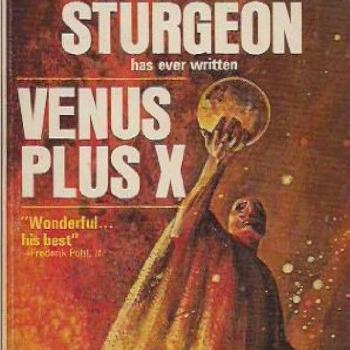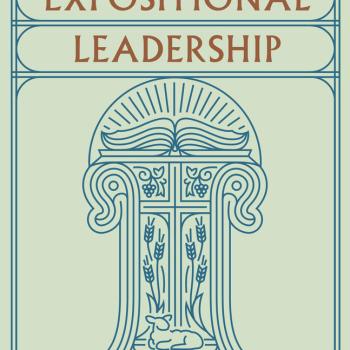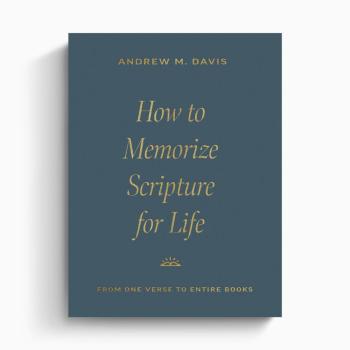Review of The Great Gatsby by F. Scott Fitzgerald
The first time I read The Great Gatsby, I was high on codeine—recovering from surgery—and had vivid hallucinatory dreams of the green light every night for a week. Almost twenty years later, the trailer for Baz Luhrmann’s forthcoming screen adaptation is making the rounds, and I see that Luhrmann was also on drugs while making the film. Somehow this seems appropriate.
The Great Gatsby (1925) did not win the Pulitzer Prize or any other prestigious award when it was published, but today it regularly leads lists of the greatest novels of the 20th Century, including lists by Modern Library and Time. I failed to appreciate this fact when I first read the book. I was seventeen and understood nothing about life and the whole of the novel sailed effortlessly over my head. I picked it up again recently to reacquaint myself with Jay Gatsby before the movie comes along, and found twenty years of life did much to help me understand the book. Along with (legal) drug use, I recommend life experience as an aid to fully appreciating F. Scott Fitzgerald’s masterpiece. 
Who is Jay Gatsby? No one seems to know for certain. He enters the novel by reputation first. Rumors swirl about him like cigarette smoke. He is a war hero, a criminal, a bootlegger, a businessman, and Oxford man, a playboy, a fraud. Visions of Gatsby are fogged by the alcoholic haze that overcasts the parties at his mansion at which guests swap slander.
Gatsby spends half the novel basking in charismatic notoriety. Nobody knows Gatsby, but everyone likes to talk about him. We get to know Gatsby through the narrator, Nick Carraway, Gatsby’s neighbor, friend, and, eventually, confidant. It is from Carraway’s point of view that we first see Gatsby obsessing over the famous green light that triggered my hallucinations twenty years ago.
The green light is a very obvious example of Symbolism (read with a deep, echoing bass). It is a thing that stands for Another Thing that is Very Important to the Point of the Novel. In Gatsby’s case, the green light stands, on one level, for Daisy, his long-lost love, whose house is roughly where the green light is. On another level, it stands for all whole lot of other things that, for Gatsby, Daisy herself merely embodied.
The Symbolism is so obvious that Carraway even remarks on it. After [spoiler] Gatsby finally reunites with Daisy around the midpoint of the novel, Carraway notes that Gatsby is no longer so obsessed with the light. “Perhaps it had occurred to him that the colossal significance of that light had now vanished forever. Compared to the great distance that had separated him from Daisy it had seemed very near to her, almost touching her. It had seemed as close as a star to the moon. Now it was again a green light on a dock. His count of enchanted objects had diminished by one,” (93). Our dreams always disappoint us because achieving them makes them seem smaller, more prosaic, less legendary. It is only the elusive whale that becomes the mythical Moby Dick; the one you catch is just lunch.
Which is one reason Gatsby shrinks as the novel progresses. You could admire him when he was a larger-than-life rumor on mysterious business, but as a love-struck overgrown boy trying to recapture a moment of youthful romance, he is merely pathetic. He is, indeed, a con-man and probably a crook—having conned his way into riches and high society in order to find and impress Daisy—but ultimately not a very classy one. Idolatry only looks cool in the shadows. In the sunlight, it has all the garish glamor of a prostitute the morning after.
Daisy isn’t really what Gatsby is after. She is herself another symbol, or maybe an incarnation: of unattainable dreams, of the object of our driving ambition, of the impossible ideal, of whatever tantalizes us just out of reach. Gatsby, a self-made man of soaring, insatiable ambition, loved what his pursuit of her said about himself: that he would chase and catch the unattainable, that he would accomplish what no man has ever accomplished. He’s a little self-obsessed: “He talked a lot about the past, and I gathered that he wanted to recover something, some idea of himself perhaps, that had gone into loving Daisy,” (110). The green light burned with special intensity for him.
The novel’s final, famous lines make this clear. “Gatsby had believed in the green light, the orgastic future that year by year recedes before us. It eluded us then, but that’s no matter—tomorrow we will run faster, stretch out our arms farther …” (180). The sexual metaphor—the “orgastic future”—is apt, for it reminds us that in the Bible, adultery and idolatry are always closely tied. For Gatsby, conquering the future was one giant act of seduction. Lust and hubris are essentially the same drive applied to different objects: both involve overweening desire that violates proper bounds.
Note how the author brilliantly shifts the emphasis from Gatsby to us. “It eluded us … we will run faster …” We are all chasing a green light—a dream, an idol, a romance, whatever captures your heart short of God himself. Gatsby suffers a tragic end—one that is oddly unrelated to his crimes or flaws, but one that somehow feels fitting anyway. His life could be read as a cautionary tale against idolatry, a confirmation of the book of Ecclesiastes, a modern take on the Tower of Babel, or a retelling of the myth of Icarus—or Faust.












